Women's stories are at the heart of the Cartier Women's Pavilion at Osaka Expo 2025
Japanese architect Yuko Nagayama and British artist Es Devlin are behind the architecture for the Cartier Women's Pavilion
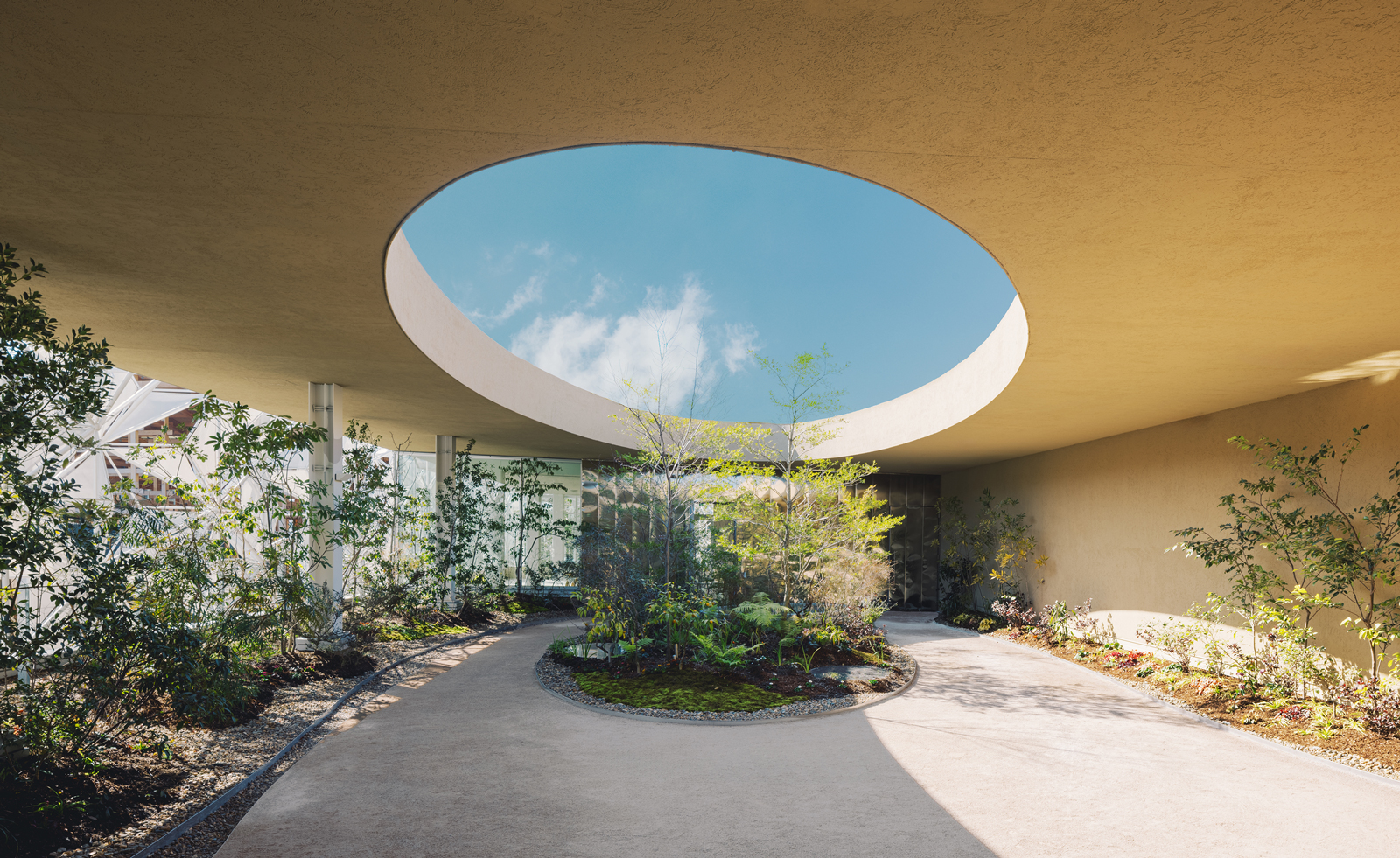
A poet and activist from Sudan recalls hiding as a child under a bed at home, watching the moving feet of soldiers. A Japanese novelist reflects on the moment she peered through a pair of broken glasses. And a Mexican climate change activist relives waiting endlessly at home for the rain to stop.
The single most life-altering childhood moments of these three women are vividly relived, connected and interwoven into the fabric of the new Women’s Pavilion, created in collaboration with Cartier, which has just opened its doors at Osaka Expo 2025.
Inspired by the manifesto “when women thrive, humanity thrives”, the pavilion is wrapped in the white geometry of a sunlight-filtering façade by Japanese architect Yuko Nagayama, a structural reconfiguration of the same 10,000 components used in her design of the debut Women’s Pavilion for the Dubai Expo five years earlier.
In Osaka, the architecture is harmonised further with a powerful internal journey – through dreamlike storytelling, mirrored corridors, visual haikus, cloud-catching skylights, escapist ovoid sanctuaries – dreamt up by British artist Es Devlin.
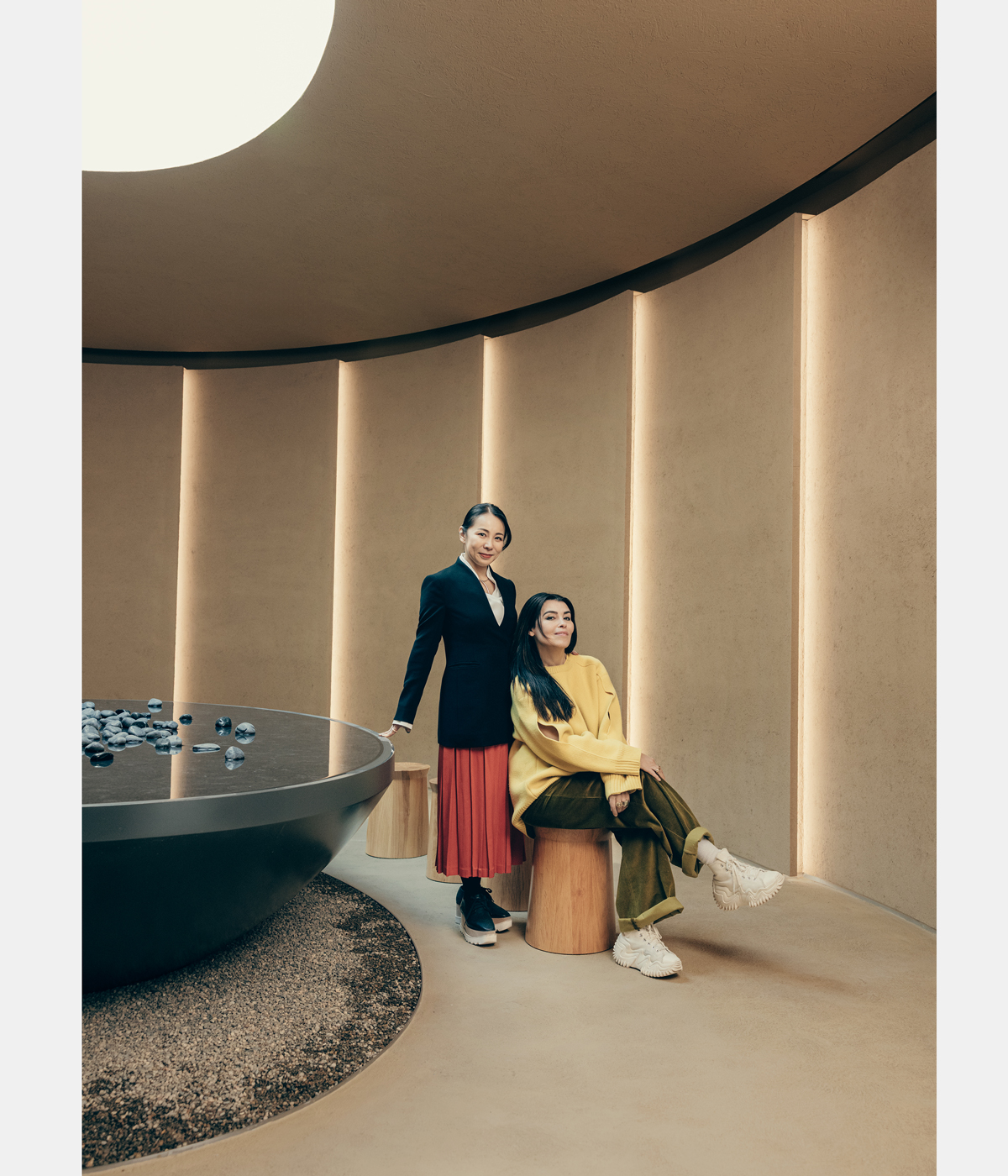
Japanese architect Yuko Nagayama and British artist Es Devlin
The main stars of the pavilion are the trio of women who share their personal stories along the way: Emmi Mahmoud, a poet and activist from Sudan; Banana Yoshimoto, an acclaimed Japanese novelist; and Xiye Bastida, an author, filmmaker and climate change activist from Mexico.
Despite the sweeping collective scale of issues tackled, the pavilion experience has the intimacy of a personal encounter – aiming, according to its makers, to delve deeper than surface-level statistics, creating a visceral yet connective perspective of women in the world today.
As Devlin explains to Wallpaper* in Osaka, ahead of the opening: “In order to engage an audience in the details of lives lived by women, it seemed important to start with three individual women – and from the texture and grain of their specific stories, trace paths to wider reflections about the experiences of women globally.”
Wallpaper* Newsletter
Receive our daily digest of inspiration, escapism and design stories from around the world direct to your inbox.
She adds: “We selected women who use their voice. In each case, we said to them, we would like you to remember the key moment, a really specific moment, with specific objects in a specific place, where we can route the trajectory that led to the rest of your life – if you had to pick one place, one moment, where did it start? One was literally under the bed. One was in a corner waiting for the rain to stop. The other was looking through broken glasses.
“We are talking about such a big subject, I felt that if we could route it through a few objects and times and places, it would help people actually feel it rather than just see all the statistics.”
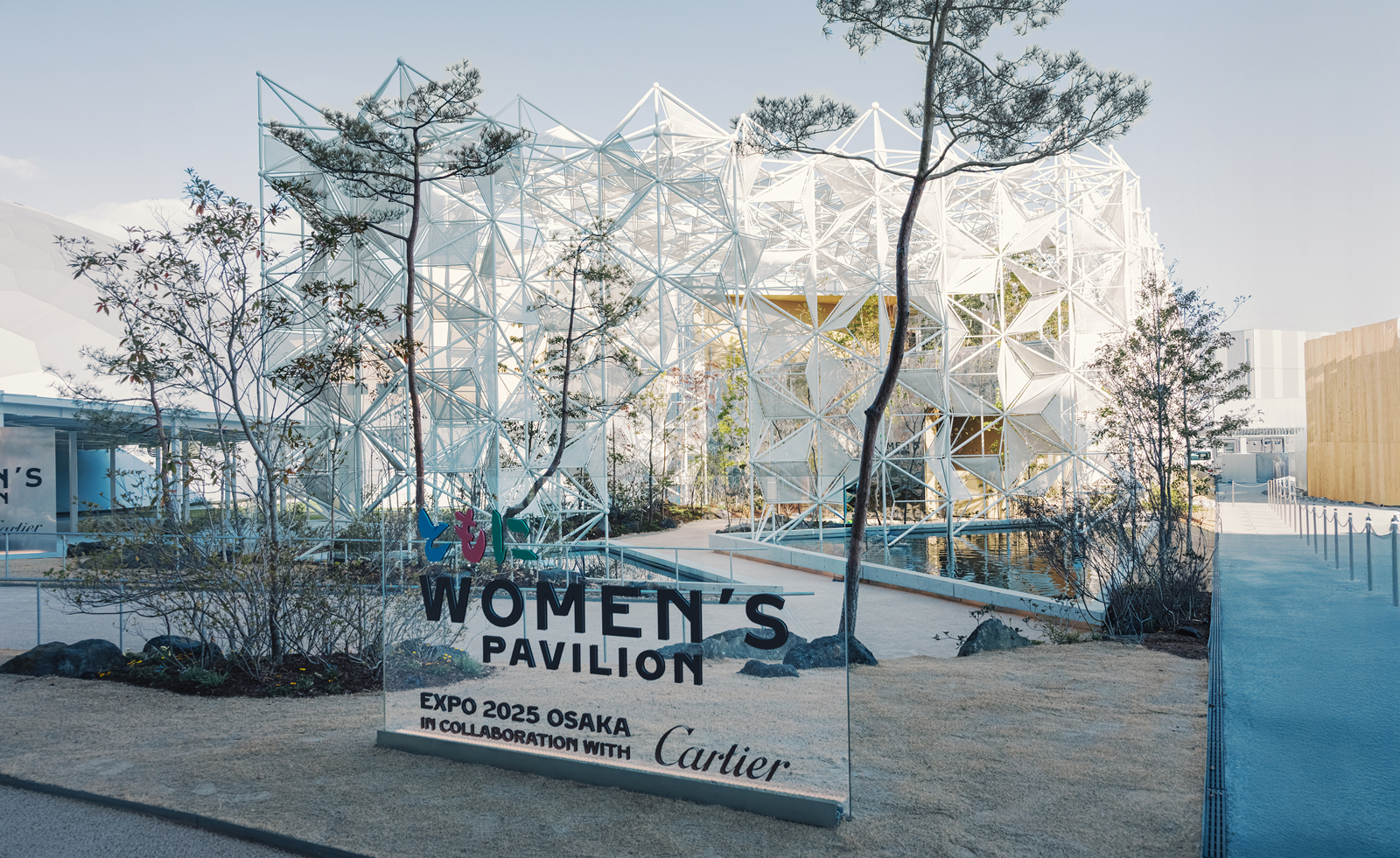
Upon arrival, visitors first enter Nagayama’s dome-like pavilion frame, a triangulated lattice freely filtering sunlight and wind, while wandering along pathways lined with a natural scattering of moss, rocks and plants from the surrounding mountains.
Reflective walls amplify the sense of greenery and light, before the path continues along the side of an earthen wall that brings to mind the open engawa corridor of a traditional Japanese house – creating a gentle transition from outer world to inner sanctum.
Nagayama, one of only a handful of prominent female architects in Japan, explains: “Although this pavilion uses the same material as Dubai, it is reconfigured in a totally different shape. It was inspired by a traditional Kyoto machiya townhouse. So it is thin and deep and long. It has an approach, the garden in front, a courtyard. It also has a very immersive atmosphere inside. It’s designed to make you feel like your heart is gradually opening up.”
She adds: “In the Japan pavilion, there is far more greenary compared to Dubai. We wanted to create a sensitive atmosphere, so people are stimulated by all their senses. I like softly blurred boundaries, fusing inside and outside together, to create an organic atmosphere.”
Stepping inside, the space instantly softens into curves, ovals and circles, with visitors guided by audio headphones and “visual haiku” to share their names while talking to their own reflection in mirrors on walls, personalising the journey from the start.
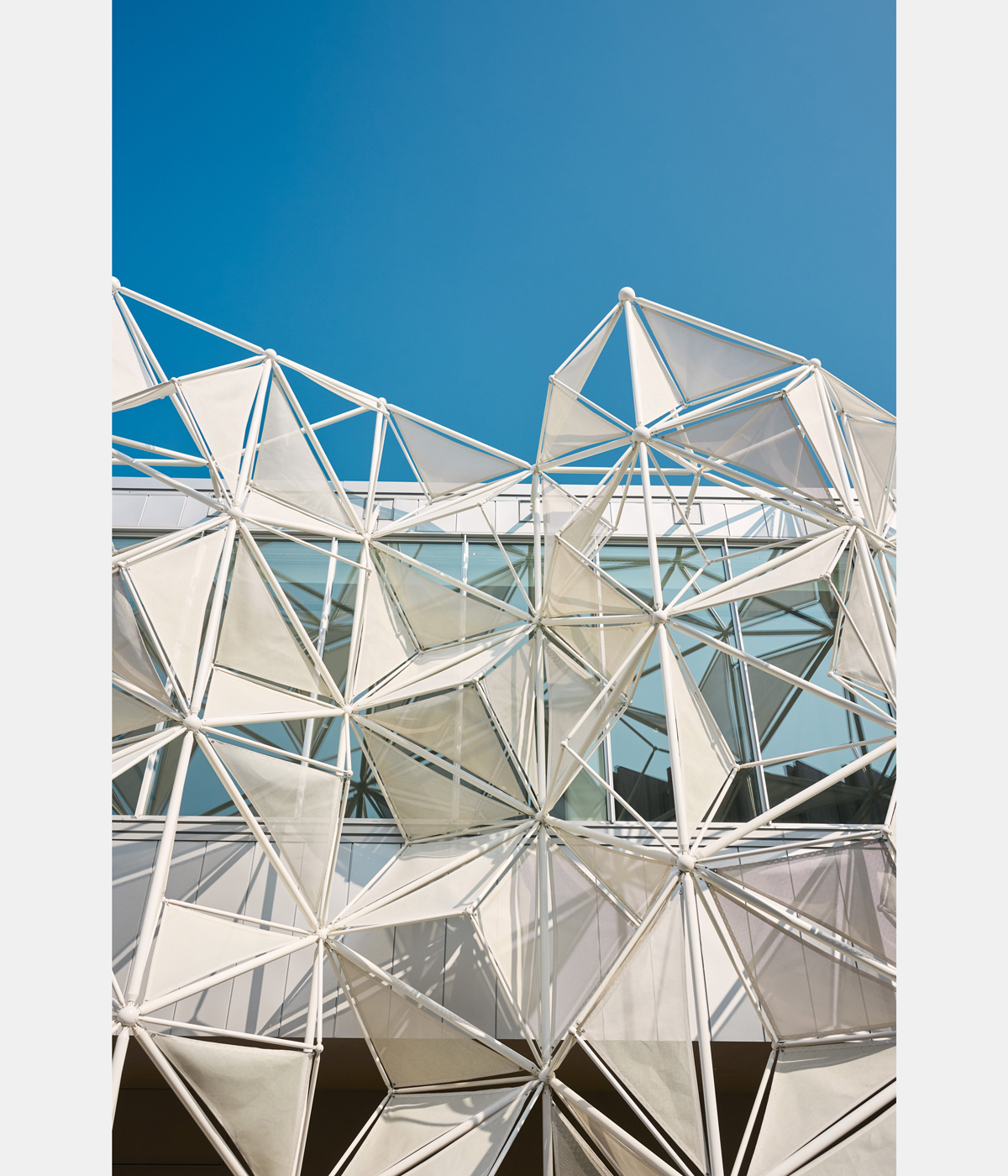
Flowing into a dimly-lit space, the three women – filmed by Japanese director Naomi Kawase – then appear one by one, floating sharply in monochrome clarity on a curved wall and start speaking with conversational intimacy, as they tell their stories,
Mahmoud shares that she moved six times in the western Sudanese city of Darfur before she was eight-years-old; Bastida highlights how “water is life” in the mountains of central Mexico; while Yoshimoto explains she chose the name Banana herself because it was genderless.
Then, the three women bring their hands together in prayer-like motion before slowly reopening them wide – a movement perfetly harmonised with the opening of three egg-shaped doorways cut into the wall, as visitors are invited to cross one of the thresholds, where their stories deepen.
For Mahmoud, her account of hiding from soldiers in her home under the bed unfolds through sharp-edged visual and audio fragments set against the vivid backdrop of a corridor ablaze in red surfaces, alongside a partial recreation of her home. “The whole corridor is basically a fire alarm, which is what her life has been like,” says Devlin.
The material palette for Yoshimoto’s journey consists of mirrored walls, with a focus on a life-tilting memory of looking through a pair of broken glasses alongside layered visual collages of images and words from her life.
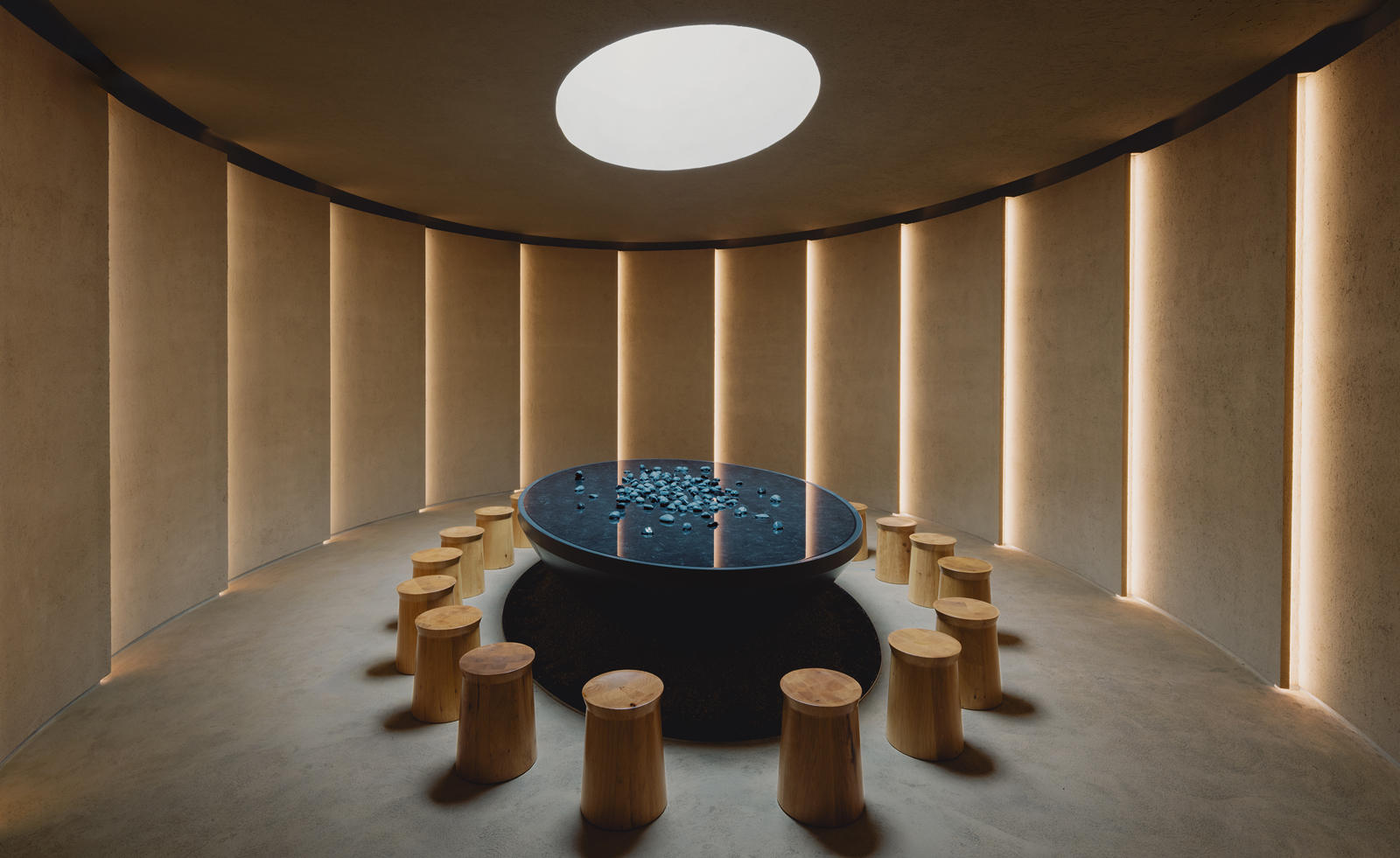
Meanwhile, Bastida’s stories of waiting for the torrential rain to stop are framed by a softly curved corridor of rattan-wrapped panels and visuals of rain falling, firmly rooting her narrative in the natural world she calls home and still fights daily to protect.
Describing the journey as “intimate, reonant, urgent”, Devlin says: “Each ovoid aperture voices the names of visitors individually, calling them to enter and bear witness to the women’s stories from the inside.
“The audience then travel down one of three paths, experiencing through a series of chapters, a detailed encounter with the challenges met by each of these extraordinary women with courage, pain, wisdom and love.”
Visitors emerge and converge in a sanctuary where they can then sit and pause and reflect – a curved room with a round table, its surface covered with rocks resting in water, catching cloud reflections through a circular skylight above their heads.
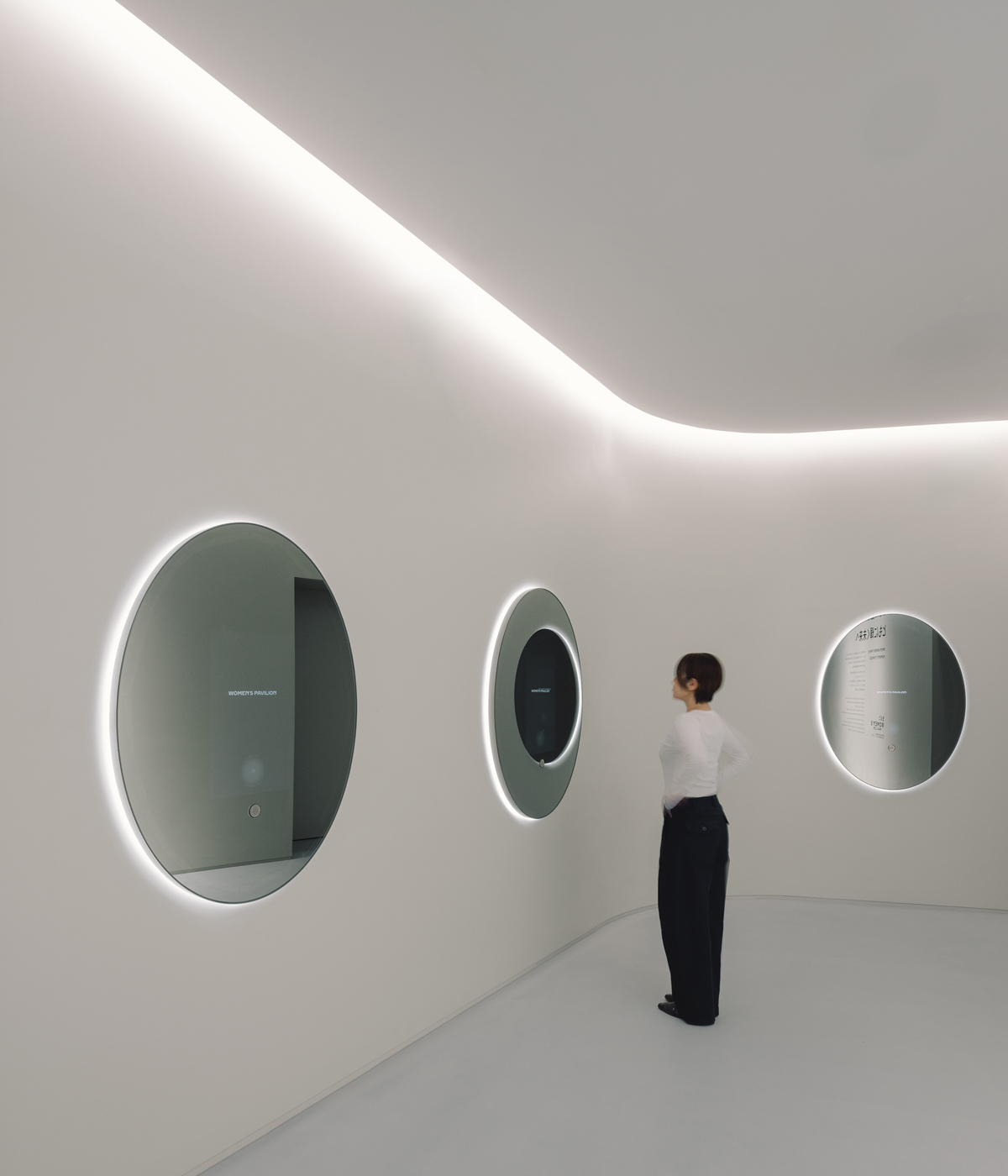
And then come the hard-hitting statistics. A room, created in collaboration with the UN Women’s Department of Economic and Social Affairs, is filled with facts, quotes, quizzes (with details such as 2063 being the estimated year of gender parity in national parliaments; while an estimated 340 million women and girls will still be living in extreme poverty in 2030).
Rising up the pavilion, the first floor is an escapist sanctuary. Here, beneath a tilted egg-shaped skylight, is a serenely curved rooftop garden filled with greenery and scattered artworks, which flows into the light-toned WA space, where events, talks and discussions will take place.
The Women’s Pavilion is one of more than 160 pavilions which have now opened for a six-month run at the Osaka Expo site on Yumeshima, an island of reclaimed land in Osaka Bay.
“It’s extraordinary if you think about it,” says Devlin. “Expo is normally for countries – saying our country is good, our country is great. To turn up and say actually I'm not representing a country, I'm representing all women, is a pretty evolved approach.”
Visit the Women's Pavilion until October 13 2025
Danielle Demetriou is a British writer and editor who moved from London to Japan in 2007. She writes about design, architecture and culture (for newspapers, magazines and books) and lives in an old machiya townhouse in Kyoto.
Instagram - @danielleinjapan
-
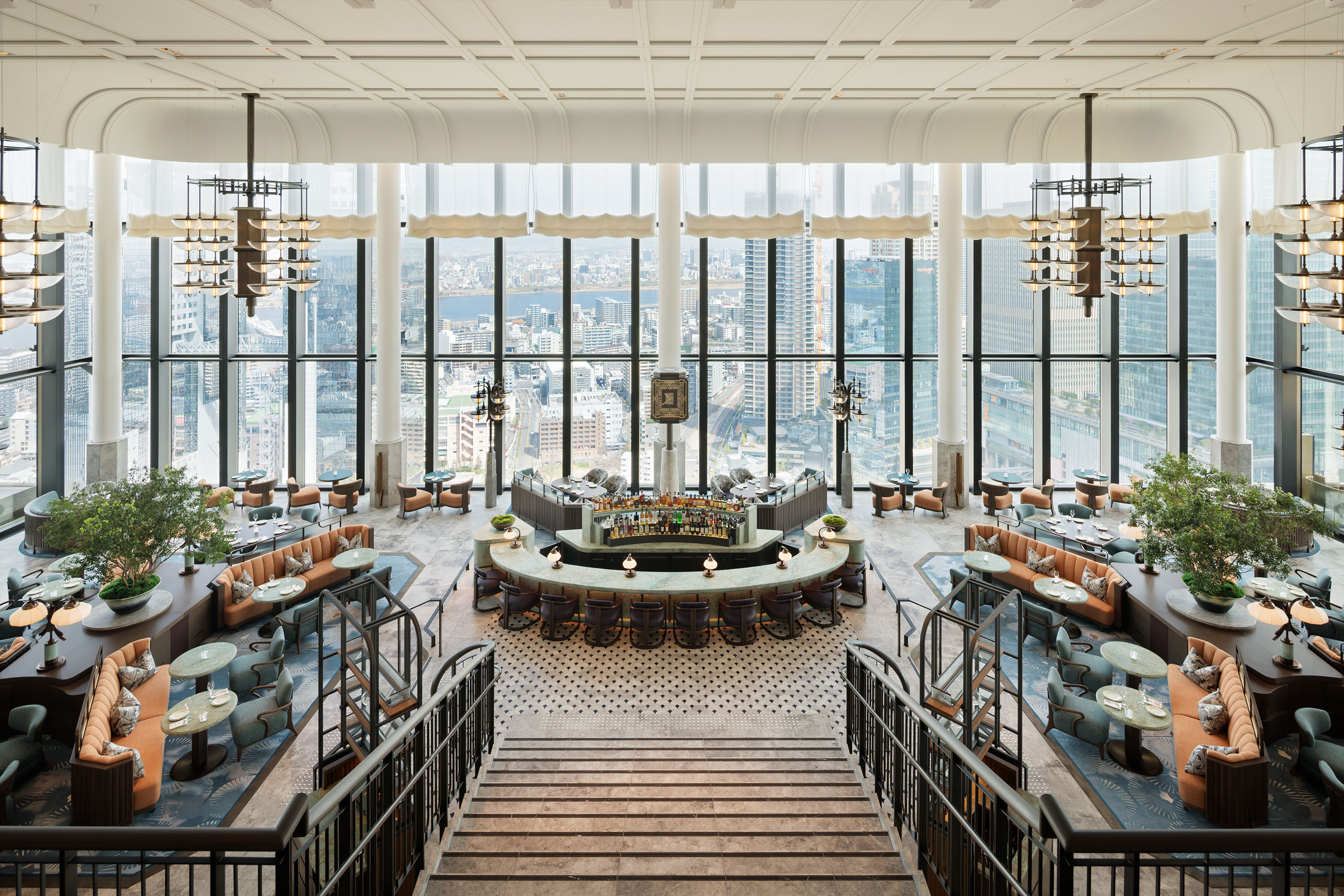 Wallpaper* checks in at Waldorf Astoria Osaka
Wallpaper* checks in at Waldorf Astoria Osaka‘It’s rare to work on a brand new hotel of this scale in Japan in today’s landscape,’ says designer Andre Fu about Osaka’s newest luxury hotel. Wallpaper* paid it an early visit
-
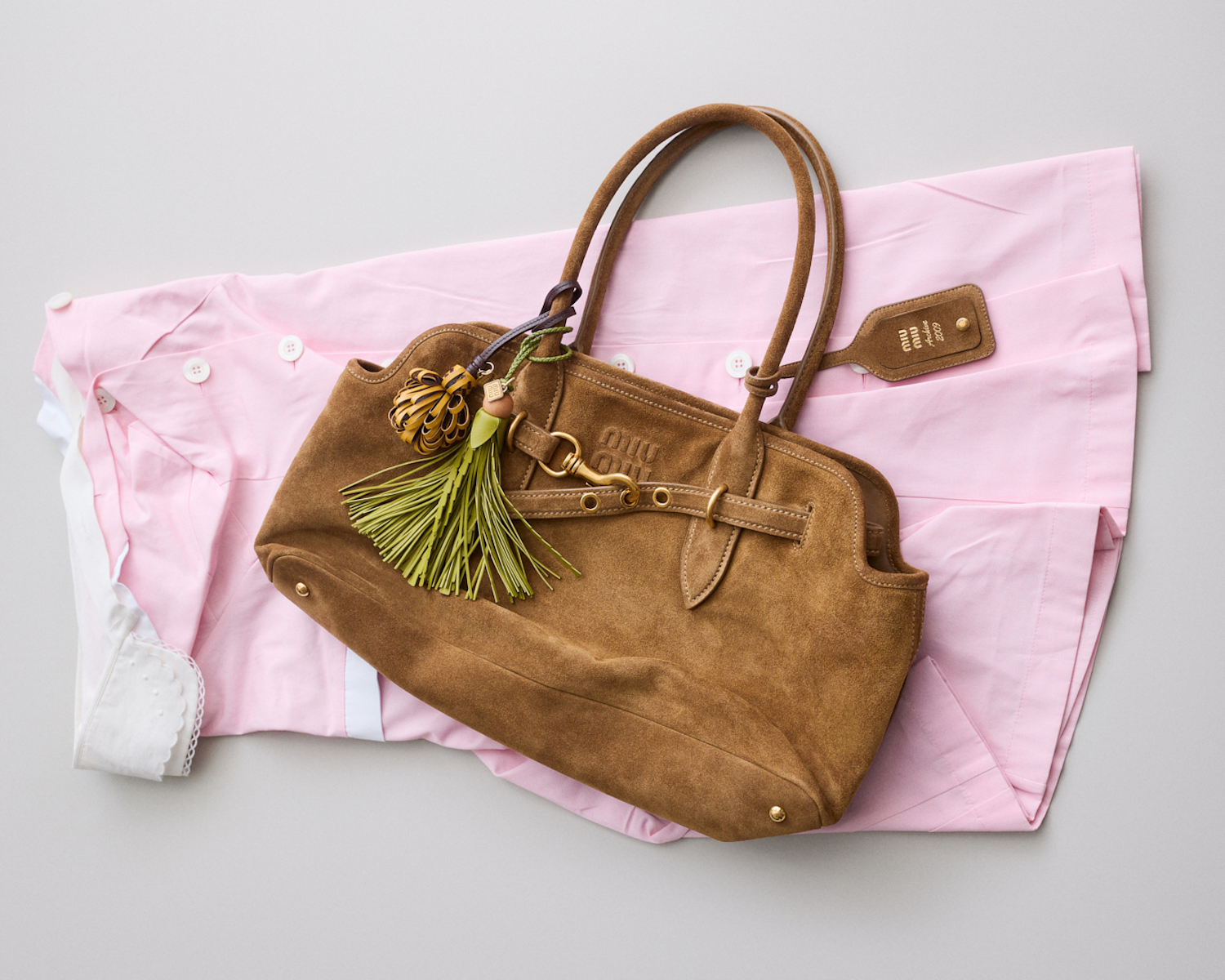 Ten playful bag charms to adorn your accessories
Ten playful bag charms to adorn your accessoriesReinvigorate past handbags or add an injection of personality with these Wallpaper*-approved bag charms, from a menagerie of animals to enormous sequins, chains and tassels
-
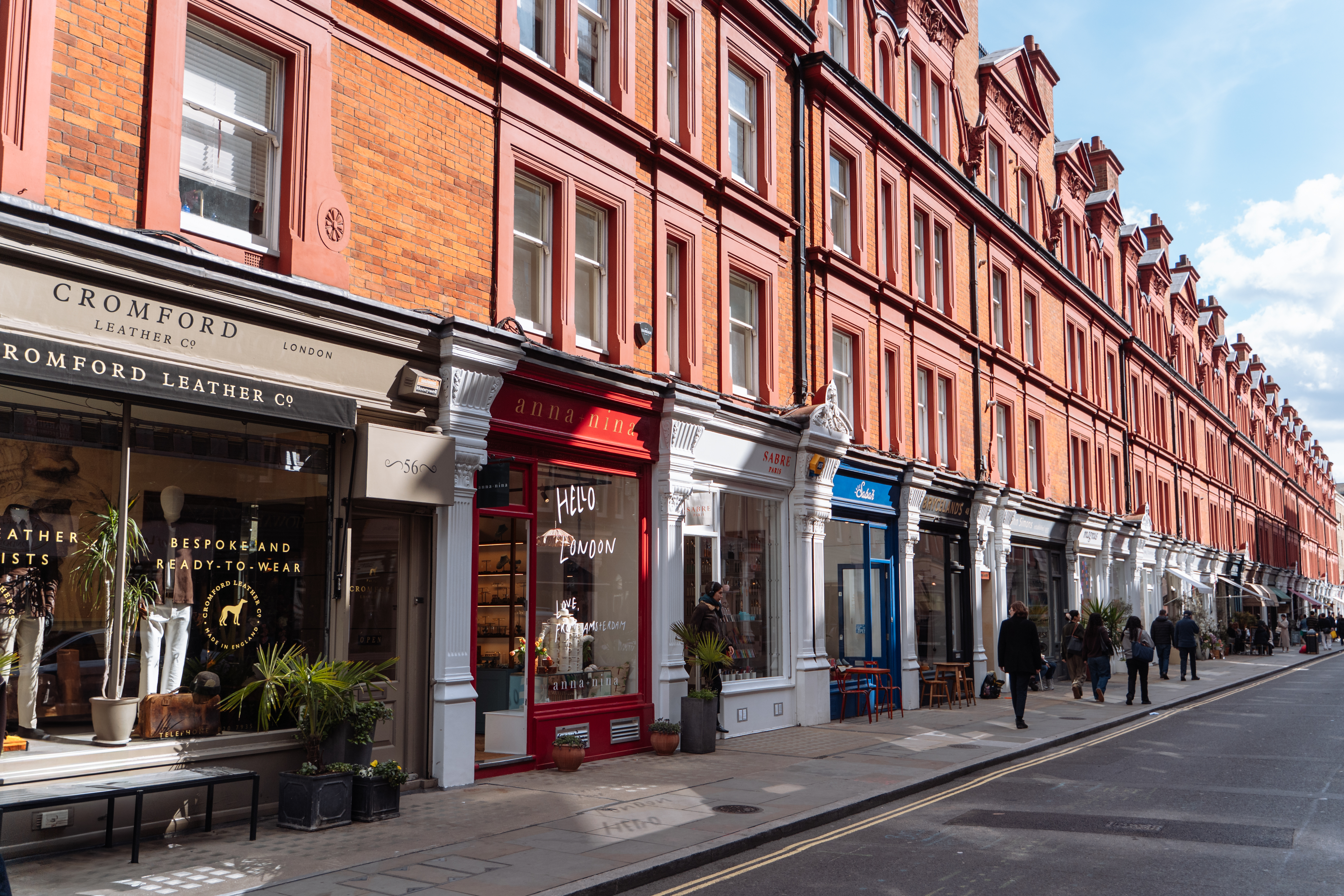 Late-night spring shopping comes to London’s Chiltern Street
Late-night spring shopping comes to London’s Chiltern StreetOn Thursday 22 May, those in London can enjoy the Chiltern Street Spring Shopping Evening, including a programme of in-store drinks, offers and workshops